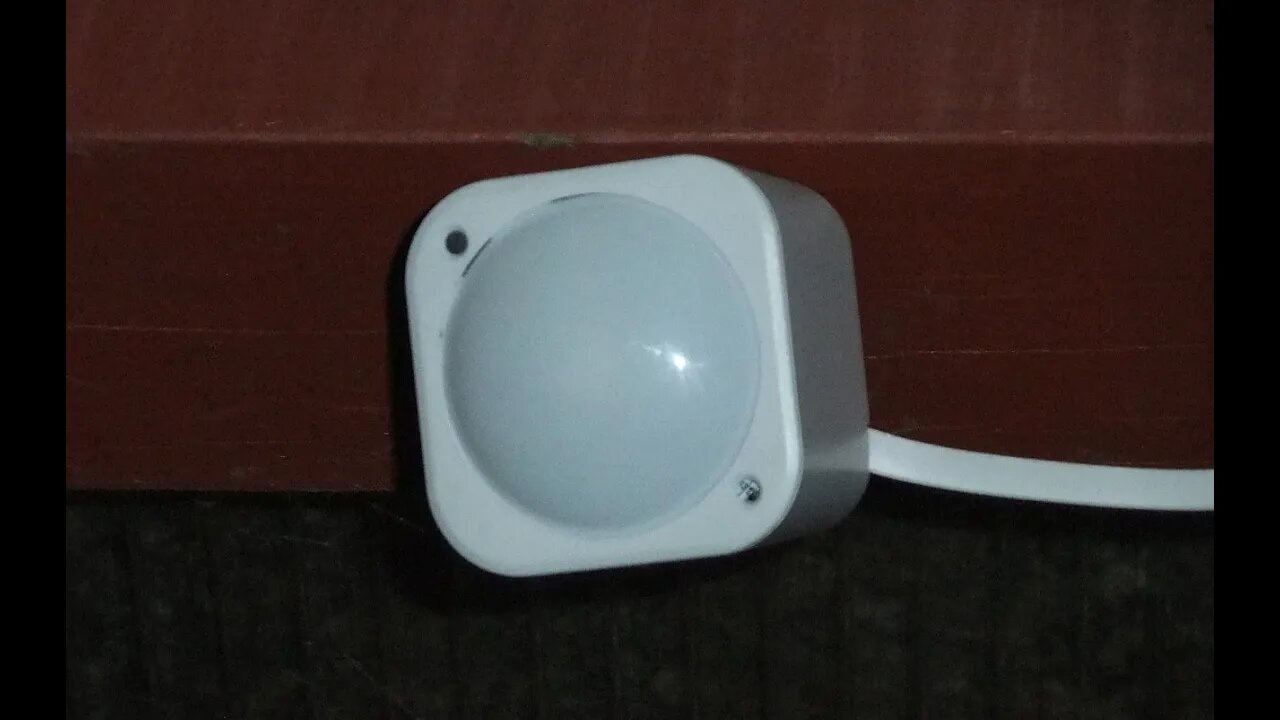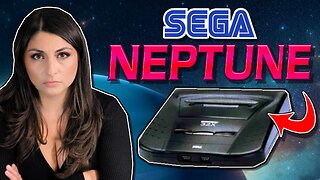Premium Only Content

Automating 12V LED Patio Lights with a Z-Wave Switch
Adding a Z-Wave motion sensor to automate the 12V LED lights in the back yard patio.
In 2015, I converted the back patio lighting to 12V LEDs:
https://youtu.be/HpNYN3xciKQ
Using a Class 2 power supply as the low-voltage interface made swapping out a regular toggle switch for a Z-Wave controlled switch trivial. Easy installation with the dual purpose line/load terminals on the switch. Connect one black wire to each black screw and the neutral to the other side. No changes on 12V DC side were needed.
The Aeotec 6-in-1 Multi-Sensor has motion, temperature, humidity, light and UV sensors included that feed into the Vera home automation controller (and Home Assistant). The PIR motion sensor is used to trigger the patio lights to come on with activity in the area. That sensor can be set to 5 different sensitivity levels and the "no motion" detection time-out can also be set.
Sure, there are a number of integrated motion sensor lights available that could have done this same job. But those are all in one and can provide no added functionality. With the Z-Wave motion sensor and wall switch, I can add motion sensing capability to the existing LED patio lighting and still make use of solar power for that. And this can be integrated into the existing home automation system to provide for more functions down the road, like controlling the booster fan.
You can operate it on 1 or 2 CR123A lithium batteries, or via the included USB cable. Initially I was going to use batteries, but I think the USB option will work better for my needs. With USB power, it can be set up to report sensor values at a specified time interval, vs. on batteries, it only reports if motion is detected. Since I'll be using the temperature sensor to control a heating fan, having it report the temperature on a regular interval is handy. I use an older versions of this sensor in the 2 bathrooms in the house. Also, when plugged into USB power, the sensor can act as a Z-Wave signal repeater, improving the coverage of the mesh network.
Hardware:
In-wall switch https://amzn.to/3A64yvc
Multi-sensor https://amzn.to/3die9VD
More to come...
Subscribe for more content like this
Comment, rate, share & click the bell icon
And as always, thanks for watching
-
 LIVE
LIVE
The Chris Salcedo Show
12 hours agoDems Win In Dem States...And They Celebrate?
636 watching -
 1:04:43
1:04:43
Crypto Power Hour
10 hours ago $0.03 earnedPsychology Of Crypto Market Cycles
28.3K6 -
 9:58
9:58
Clintonjaws
12 days ago $0.11 earnedKaroline Leavitt's Response To 'The View' Host's Nasty Attacks Is Perfect
26.9K13 -
 24:23
24:23
World2Briggs
20 hours ago $0.01 earnedTop 10 Towns You Can Retire on $1900 a month in the Pacific North West.
18.6K8 -
 21:23
21:23
Lady Decade
16 hours ago $0.03 earnedThe Lost Sega Neptune Console Refuses To Die !
14.3K4 -
 17:14
17:14
ThinkStory
22 hours agoIT: WELCOME TO DERRY Episode 2 Breakdown, Theories, & Details You Missed!
13.2K -
 17:25
17:25
Real Estate
1 month agoThe Job Market Collapse IS HERE
29.3K12 -
 2:04:54
2:04:54
BEK TV
1 day agoTrent Loos in the Morning - 11/05/2025
11.6K1 -
 LIVE
LIVE
The Bubba Army
23 hours agoUPS PLANE EXPLODES - What Went Wrong? - Bubba the Love Sponge® Show | 11/05/25
1,114 watching -
 16:38
16:38
James Klüg
21 hours agoFOOD STAMPS RAN OUT, Will People Loot?
26K36